The phrase “Bowie knife” often evokes images of a huge blade, a rustic, sturdy tool, or maybe even a weapon associated with the Old West.
The Bowie knife really is all of those things and more. It is a knife rich in history, known for its functionality and enduring appeal, a practical tool that has also become a cultural symbol. If you’ve ever wondered what is a Bowie knife, or why it continues to capture attention in both collector and survival circles, this guide is for you.
Let’s explore the origins, features, applications, and lasting significance of this legendary blade.
The origin and history of the Bowie knife
Colonel James Bowie is the main character of the story. He was a brave American pioneer in the 1800s who became famous for the Texas Revolution and the Alamo.
He bore witness to bravery and became somewhat well-known for a fight that took place on a small sandbar in the Mississippi River in 1827. During that fight, Bowie used a big knife in a way that people will never forget.
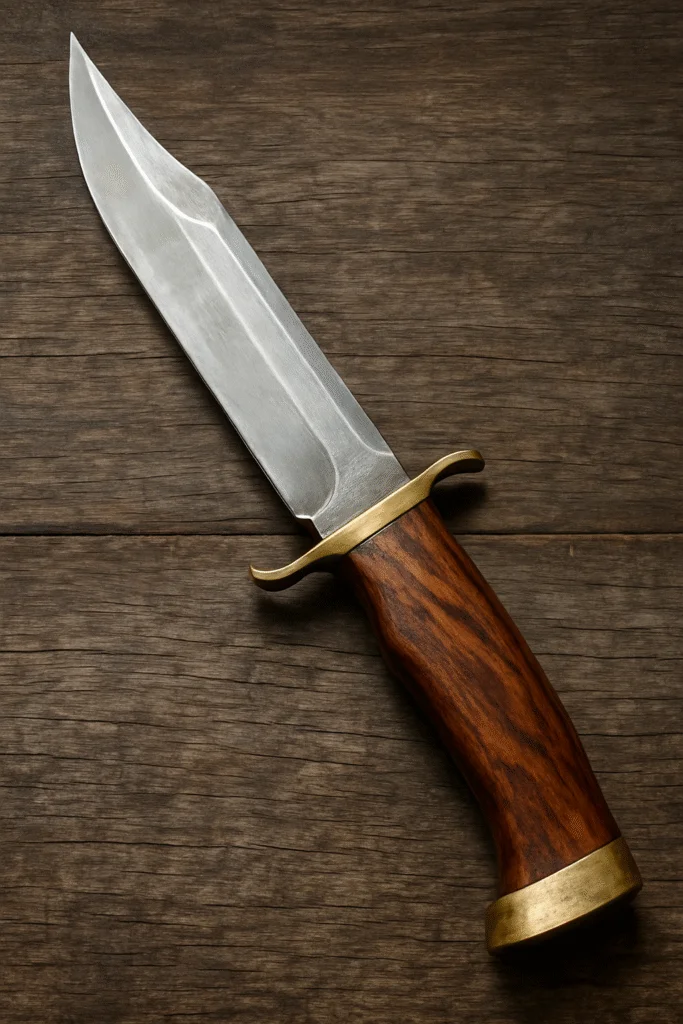
Following that, the Bowie knife wasn’t just a tool, it became a legend!
Evolution of design
It is believed that James Bowie’s brother, Rezin Bowie, created the first version of the knife. The blacksmith, James Black, was the one who optimized the design.
Initially, it had an extended shaft with a thick blade with a quite noticeable clasp that used to rest to the front. These daggers were ideal for both hunting and self-defense. Thus, Bowie knives took various forms over time due to regional demands.
Craftsmen played around with the length, curve, and guard of the blade. So today there are numerous kinds of Bowie-style knives, each of them owing its inspiration to the original, yet variedly fashioned to serve different purposes.
A symbol of the American frontier
In the days of westward expansion, a Bowie knife was more than just a weapon. It was a useful tool for settlers, trappers, and people living on the border. Whether used for skinning game or fending off threats, it was a trusted companion on the untamed frontier. Its widespread use helped cement its place in American history and folklore.
The key features of a Bowie knife
So, what sets the Bowie knife apart from other large knives? Let’s look at its defining features:
Distinctive blade design
A plain and simple design feature of the Bowie knife is its clip point. Here, instead of forming a sharp taper at the tip, the blade reveals a wedge as the front edge is somewhat clipped off.
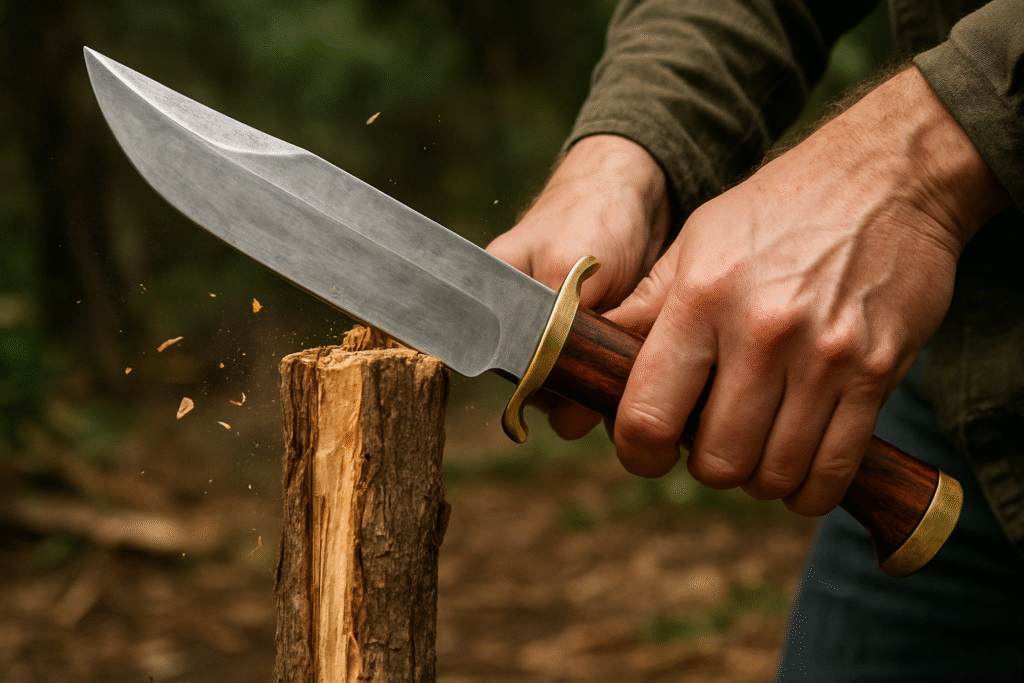
The purpose is The design aims to minimize the area of the tip, enhancing the stabbing action and allowing for deeper cuts. Bowie knives typically feature blades that range from 9 to 15 inches in length, and they may also have a slight tumbling or faux edge..
Material used for manufacturing
As far as build material is concerned, the market offers high-carbon stainless steel or simply carbon steel. This is the perfect balance for favorable edge retention, coarse corrosion resistance, and weight for the best side of durability.
Ergonomic handle and guard
The design of a Bowie knife ensures a comfortable and tight grip. It may be crafted out of wood, bone, Micarta, or synthetics.
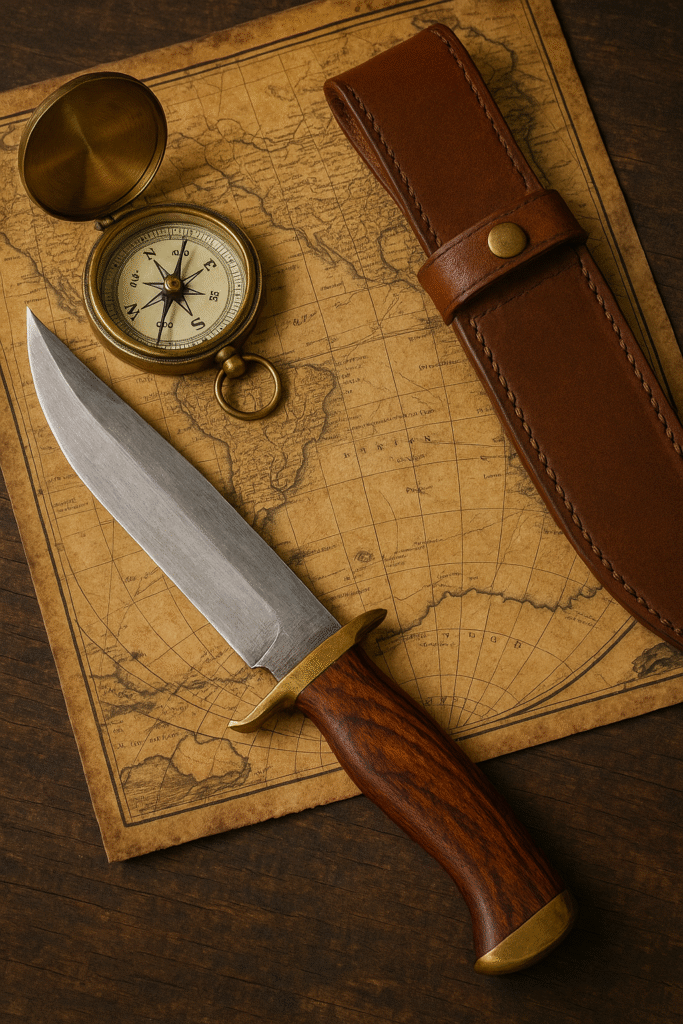
One characteristic feature is the guard, often made of brass or steel as protection for the user’s hand from general rough treatment or self-defense.
Weight and balance
Even though they are big, good Bowie knives are well-balanced in the hand and have the right amount of weight for cutting and fighting. An original Bowie knife is built for functionality and durability, making it suitable for demanding environments.
How to identify an original Bowie knife?
With so many replicas on the market, how can you tell if you’re buying an authentic Bowie knife?
Maker’s marks and attention to detail
Reputable manufacturers typically mark their blades with a maker’s stamp or brand. If you come across a Bowie knife for sale without any identifying marks, it may be a sign of poor quality or
mass production. Brands like Case, Buck, and Cold Steel are known for producing reliable Bowie-style knives.
Quality materials and craftsmanship
Original Bowie knives are made from premium materials — high-quality steel, strong tangs, and sturdy handle construction. If the blade feels lightweight, unbalanced, or has loose fittings, it may not be authentic.
Red flags to avoid
Be cautious of decorative replicas. While they may look attractive, they often use cheap materials and lack functional strength. Signs of a replica include:
● Excessively shiny or polished blades
● Ornate, impractical designs
● Lightweight build
● Decorative-only packagingv
What is a Bowie knife used for?
The appeal of the Bowie knife goes far beyond display cabinets. It’s a highly versatile tool with a range of real-world applications.
1. Survival and bushcraft
One of the most common uses of a Bowie knife is in survival situations. Its thick blade is ideal for chopping firewood, building shelters, cutting ropes, and other camp tasks. It can replace a small axe or machete in many outdoor settings.
In fact, outdoor survivalists frequently rank the Bowie knife as one of the top tools for wilderness preparedness due to its multi-purpose capability.
2. Hunting and game preparation
Hunters value Bowie knives for skinning and butchering large game. The clip point allows for precision work, while the heavy blade helps with cutting through bone and cartilage. It’s a tool that bridges the gap between a knife and a small cleaver.
3. Self-defense and combat
Historically, the Bowie knife was used for self-defense and close combat. Its size and sharp point made it effective in duels and skirmishes. While laws regarding carrying large knives vary by region today, its design remains highly suitable for self-defense when permitted.
4. A collector’s treasure
Original Bowie knives or high-end replicas are prized by collectors. Rare versions from the 1800s have fetched tens of thousands of dollars at auction. Collectors often seek knives with historical provenance, unique features, or limited production runs.
5. Historical military use
During the Texas War for Independence and the Mexican-American War, the Bowie knife served as a secondary weapon for many volunteer troops. It was easy to carry, reliable in hand-to-hand combat, and became a symbol of American grit and resilience.
The decline and comeback of the Bowie knife
After the Civil War, the rise of firearms changed combat strategy. Guns became more effective and accessible, and the role of the Bowie knife in warfare began to fade.
However, that didn’t end the knife’s journey.
Today, the Bowie knife is seeing a revival in both craftsmanship and pop culture.
Artisan knifemakers across the US and Europe are producing custom Bowie knives using a blend of traditional methods and modern materials. These blades are often sold as part of survival kits, bushcraft gear, or collector’s series.
There’s also renewed interest from martial arts instructors who incorporate Bowie-style knives in combat training. Its size and shape are ideal for demonstrating grip techniques, slashes, and defensive moves.
Conclusion
A Bowie knife is more than just a big blade, it’s history in your hand. It’s the knife that stood at the Alamo, hunted in the wild, fought in battles, and now rests in glass displays or rides on the belts of modern survivalists.
Whether you’re on the hunt for a Bowie knife for sale, researching the uses of Bowie knife, or trying to get your hands on an original Bowie knife, one thing’s clear – you’re diving into a world rich with adventure, craftsmanship, and timeless style.
FAQs on the Bowie knife
Why is a Bowie knife famous?
The Bowie knife became famous due to its association with legendary American pioneer James Bowie and his notable duel on a Mississippi River sandbar in 1827. Its robust design, effectiveness in combat and survival, and iconic role in American frontier history further boosted its enduring popularity.
What makes a Bowie knife unique?
A Bowie knife is uniquely characterized by its large clip-point blade, typically 9 to 15 inches long, designed for superior stabbing and cutting power. Its distinctive features also include a prominent hand guard, ergonomic handle, and balanced weight, making it ideal for hunting, survival tasks, and combat.
Are Bowie knives good for survival?
Yes, Bowie knives are excellent for survival due to their versatile and sturdy design. Their thick, durable blades can handle tasks like chopping firewood, constructing shelters, skinning game, and self-defense, making them a favored tool among survivalists and outdoor enthusiast

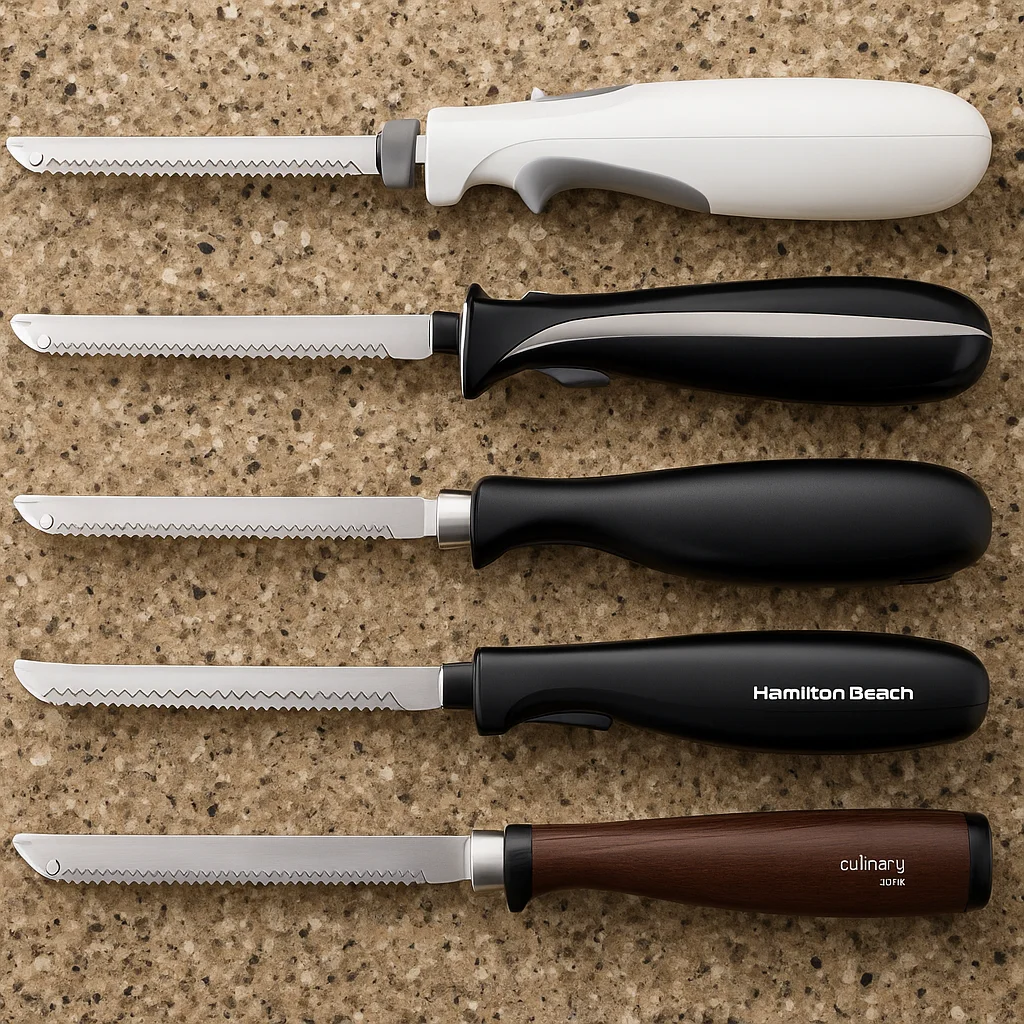
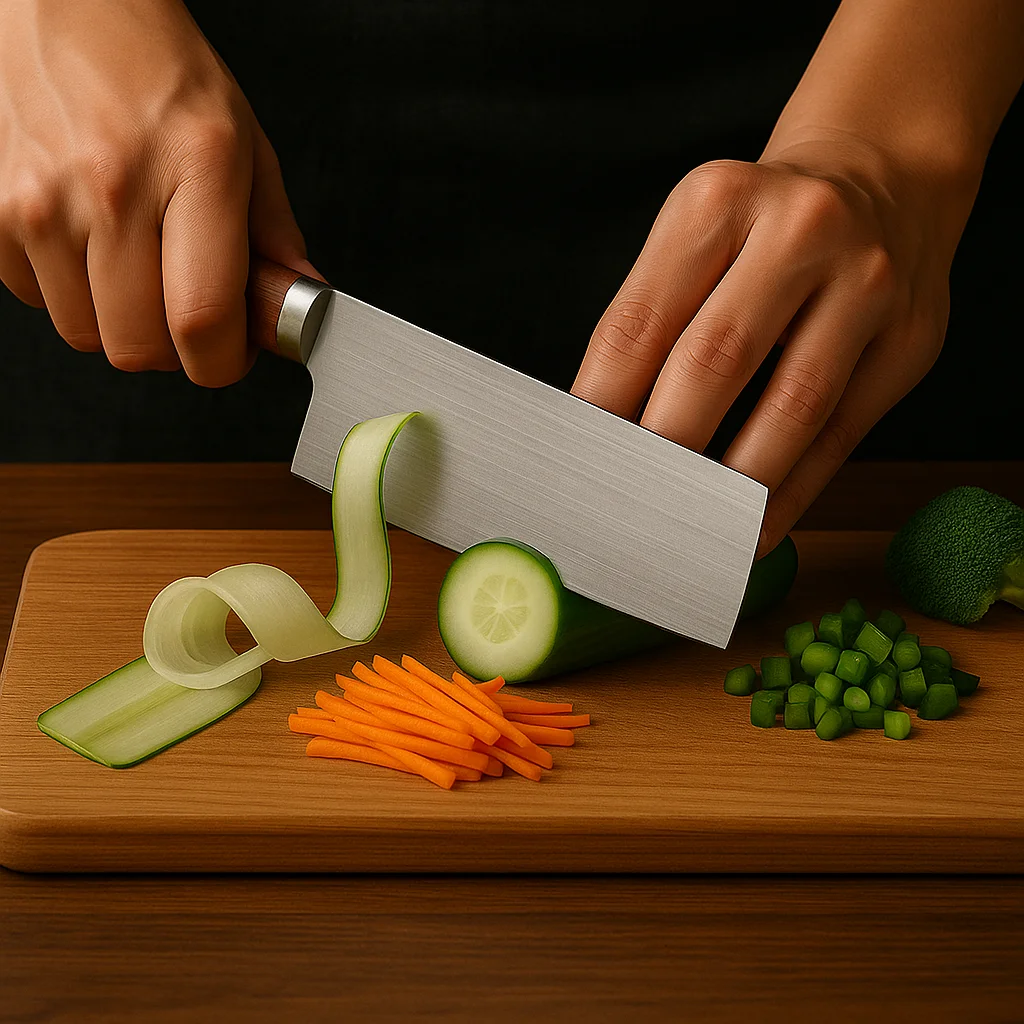
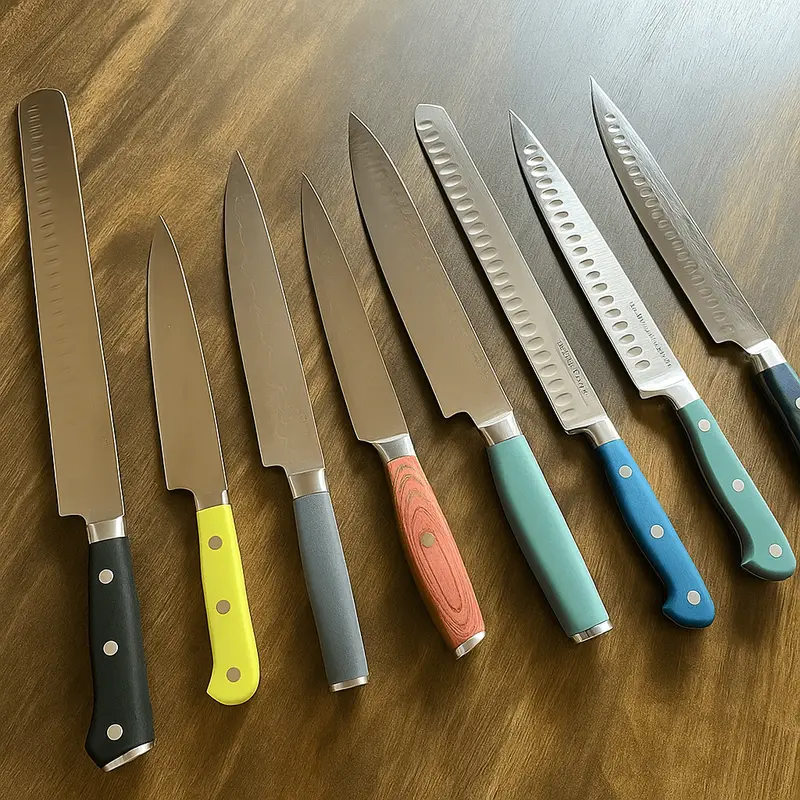
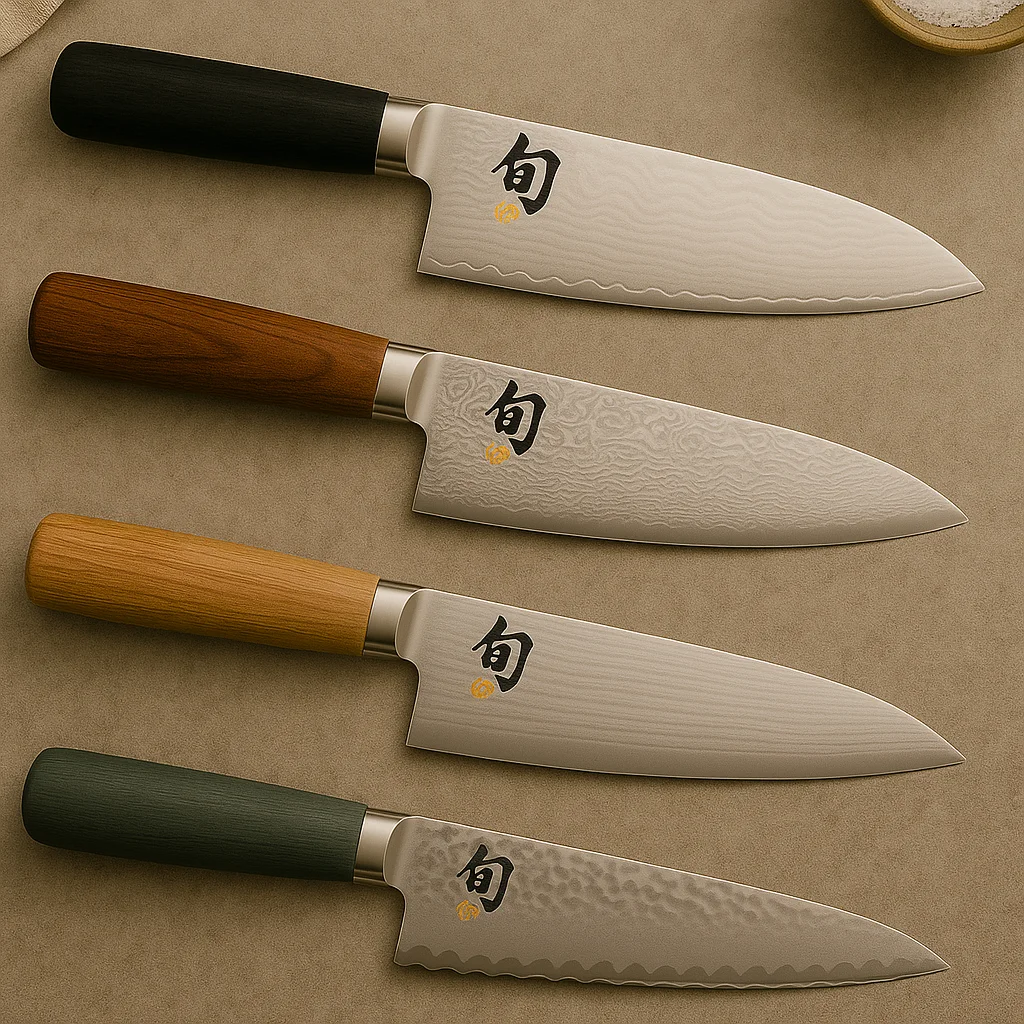
Leave a Reply